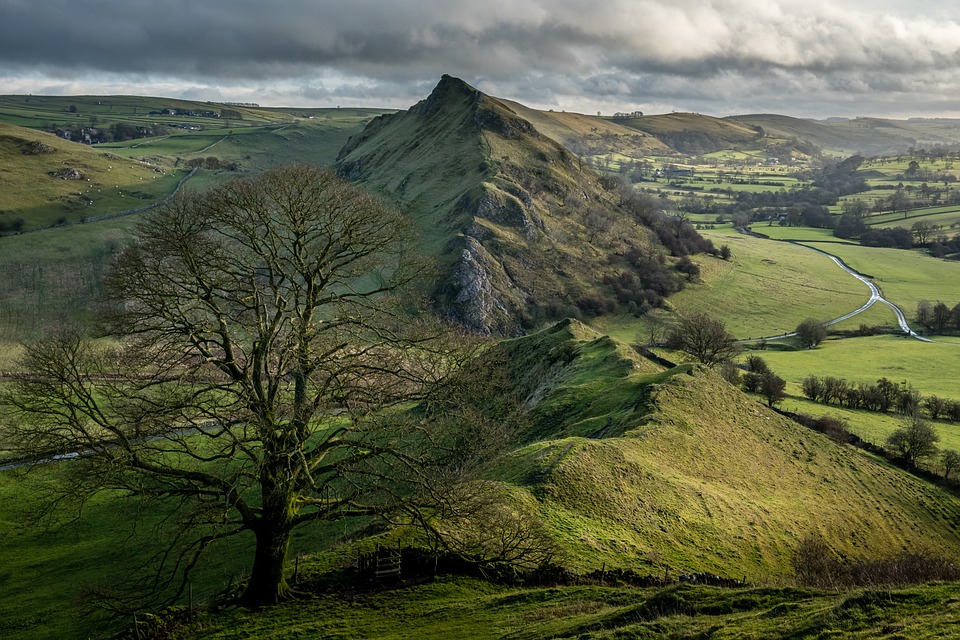Peaking at the Truth: Why Mauna Kea and Mauna Loa Beat Everest in the Height Department
When it comes to the world’s tallest mountains, most people’s minds immediately jump to the majestic Himalayas and the towering peak of Mount Everest. But, did you know that two Hawaiian volcanoes, Mauna Kea and Mauna Loa, actually beat Everest in terms of height? In this article, we’ll delve into the fascinating world of geology and explore why these two giants of the Pacific Ocean claim the title of the tallest mountains on Earth.
The Basics: What Makes a Mountain "Tall"?
To understand why Mauna Kea and Mauna Loa stand taller than Everest, we need to define what makes a mountain "tall". In the context of geology, a mountain’s height is measured from its base to its summit. However, when it comes to volcanoes like Mauna Kea and Mauna Loa, the base is not a fixed point, but rather a gradual slope that rises from the ocean floor. This means that the height of these volcanoes is calculated from the point where the sea floor meets the volcano’s base, known as the "sea level" reference point.
Mauna Kea: The Tallest Mountain on Earth?
Mauna Kea, located on the Big Island of Hawaii, stands at an impressive 4,205 meters (13,796 feet) above sea level. However, its true height is much greater. When measured from its base on the ocean floor, Mauna Kea rises an astonishing 9,700 meters (31,800 feet) to its summit. This makes it not only the tallest mountain in Hawaii but also the tallest mountain on Earth when measured from its base.
Mauna Loa: The Runner-Up
Mauna Loa, also located on the Big Island of Hawaii, is the world’s largest volcano and the second-tallest mountain when measured from its base. With a height of 4,169 meters (13,678 feet) above sea level, Mauna Loa rises an impressive 8,000 meters (26,247 feet) from the ocean floor to its summit.
Everest: The Underdog
Mount Everest, located in the Himalayas, stands at an impressive 8,848 meters (29,029 feet) above sea level. However, when measured from its base, Everest’s height is significantly lower. Measured from the base of the Himalayan mountain range, Everest rises approximately 3,800 meters (12,467 feet) to its summit.
Why the Difference?
So, why do Mauna Kea and Mauna Loa beat Everest in terms of height? The answer lies in their unique geological formation. Both Mauna Kea and Mauna Loa are shield volcanoes, formed by the eruption of fluid lava flows that build up over time. These volcanoes have a gently sloping shape, with the summit rising gradually from the base. In contrast, Everest is a massive mountain formed by the collision of tectonic plates, resulting in a more vertical profile.
Image:
[Image: A comparison of Mauna Kea, Mauna Loa, and Everest, showing their respective heights and profiles. Source: NASA]
FAQs:
Q: Why do Mauna Kea and Mauna Loa claim the title of the tallest mountains on Earth?
A: Because they are measured from their base on the ocean floor, whereas Everest is measured from its base in the Himalayan mountain range.
Q: What is the difference between a shield volcano and a mountain formed by tectonic plate collision?
A: Shield volcanoes are formed by the eruption of fluid lava flows, resulting in a gently sloping shape. Mountains formed by tectonic plate collision are formed by the collision of plates, resulting in a more vertical profile.
Q: How do Mauna Kea and Mauna Loa compare to other mountains in terms of height?
A: Mauna Kea and Mauna Loa are the tallest mountains on Earth when measured from their base. However, Everest is the highest mountain above sea level.
Q: Can I climb Mauna Kea and Mauna Loa?
A: Yes, both Mauna Kea and Mauna Loa are climbable, but require proper preparation and equipment due to their unique terrain and weather conditions.
Q: What are the environmental concerns surrounding Mauna Kea and Mauna Loa?
A: Both Mauna Kea and Mauna Loa are sensitive ecosystems, and efforts are being made to protect and preserve their unique environments.



